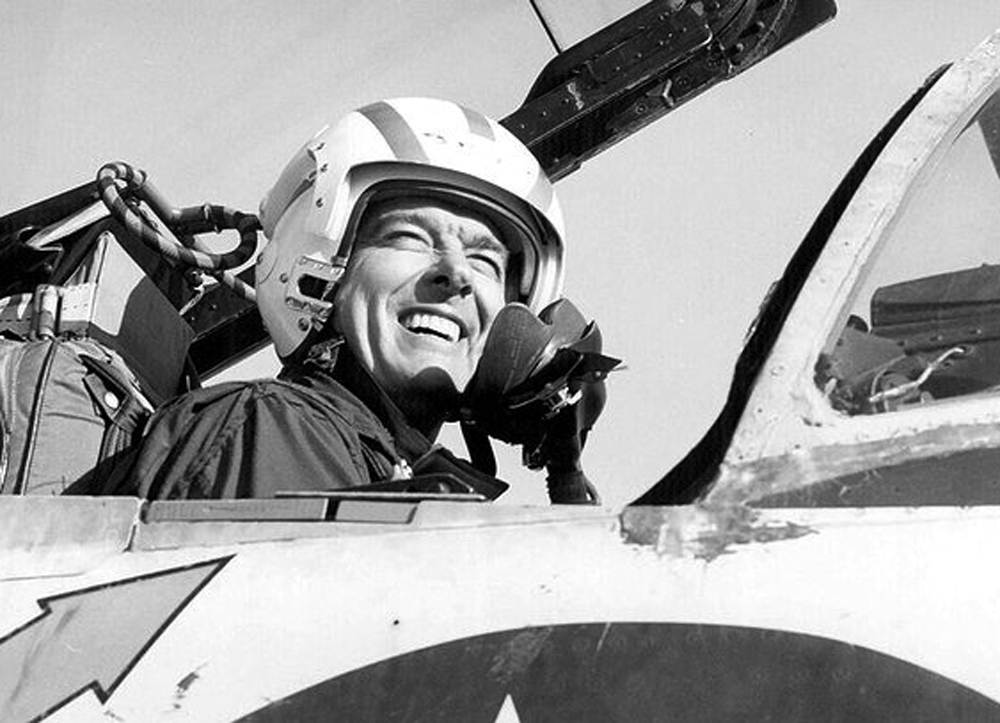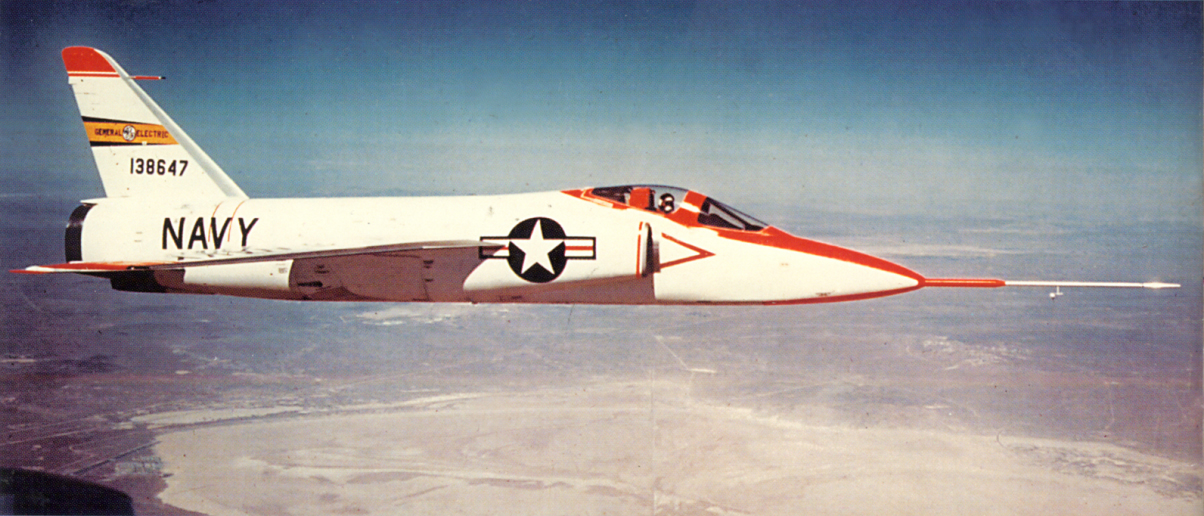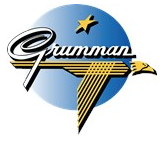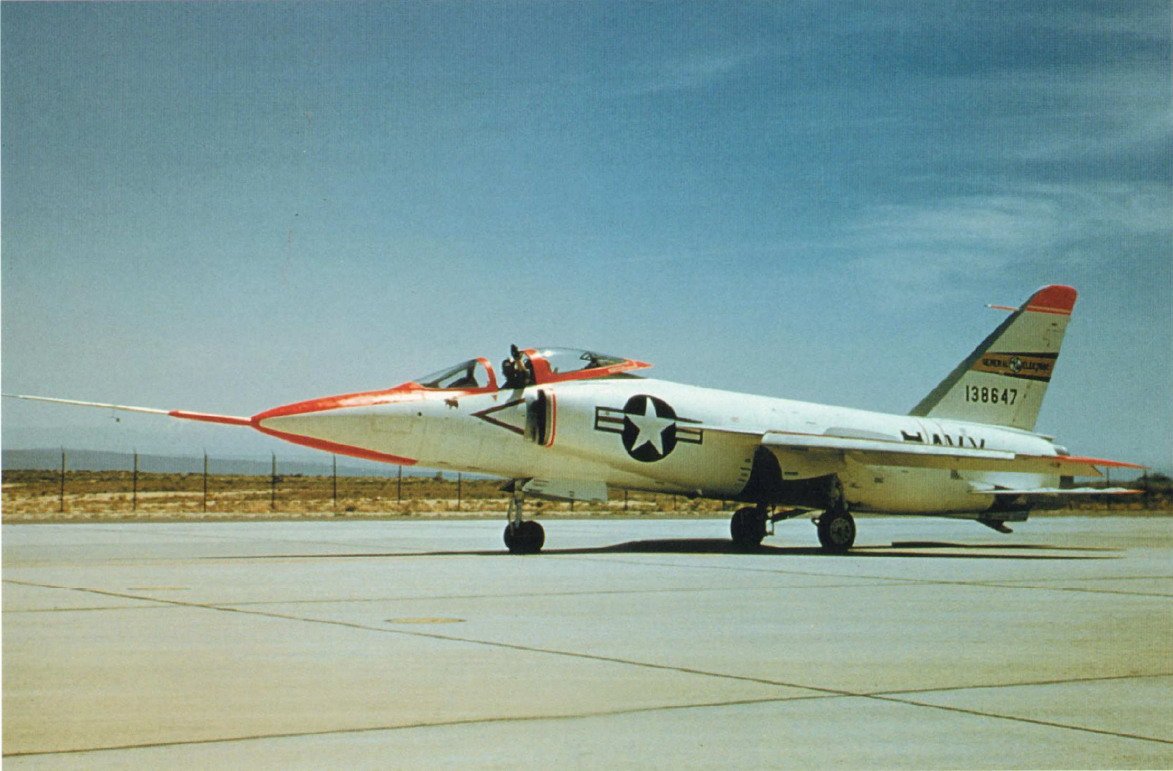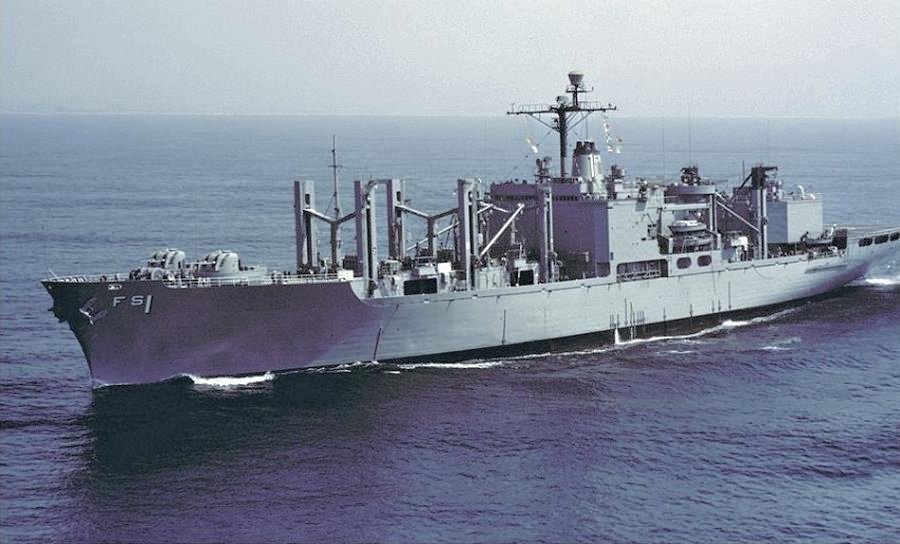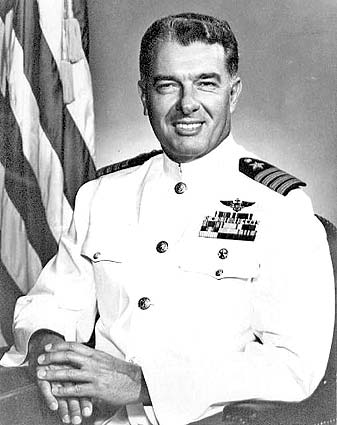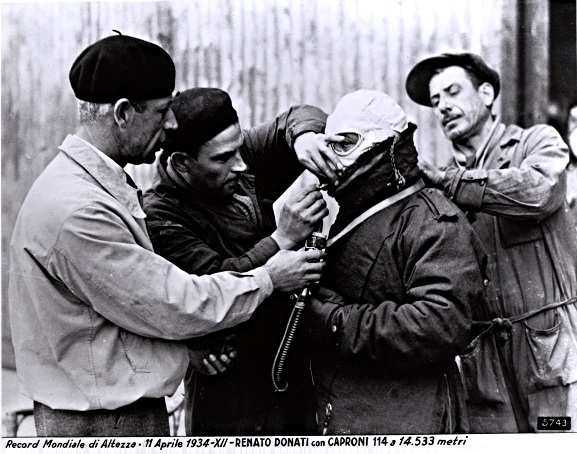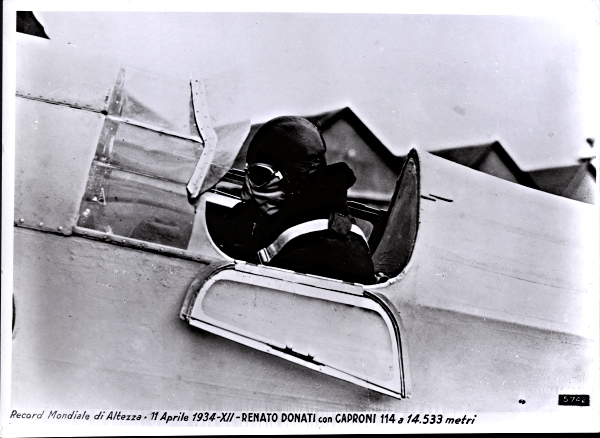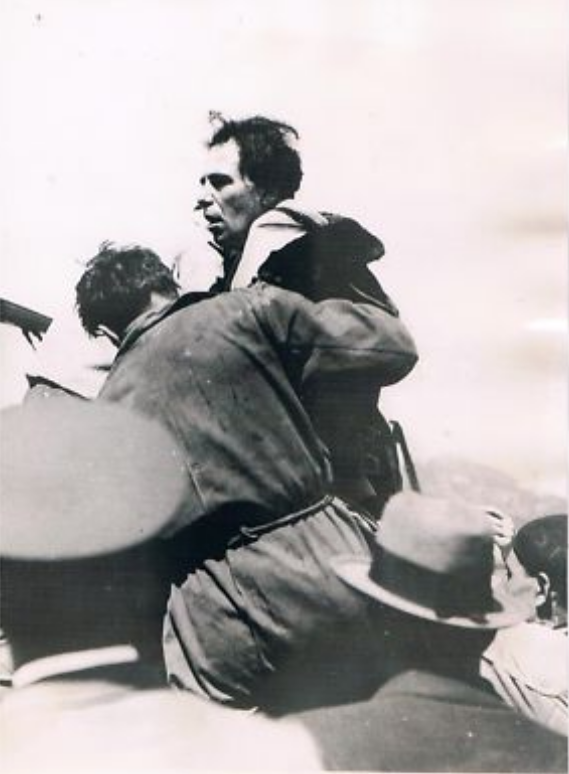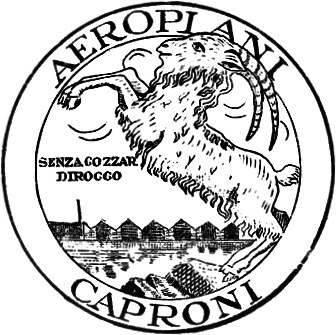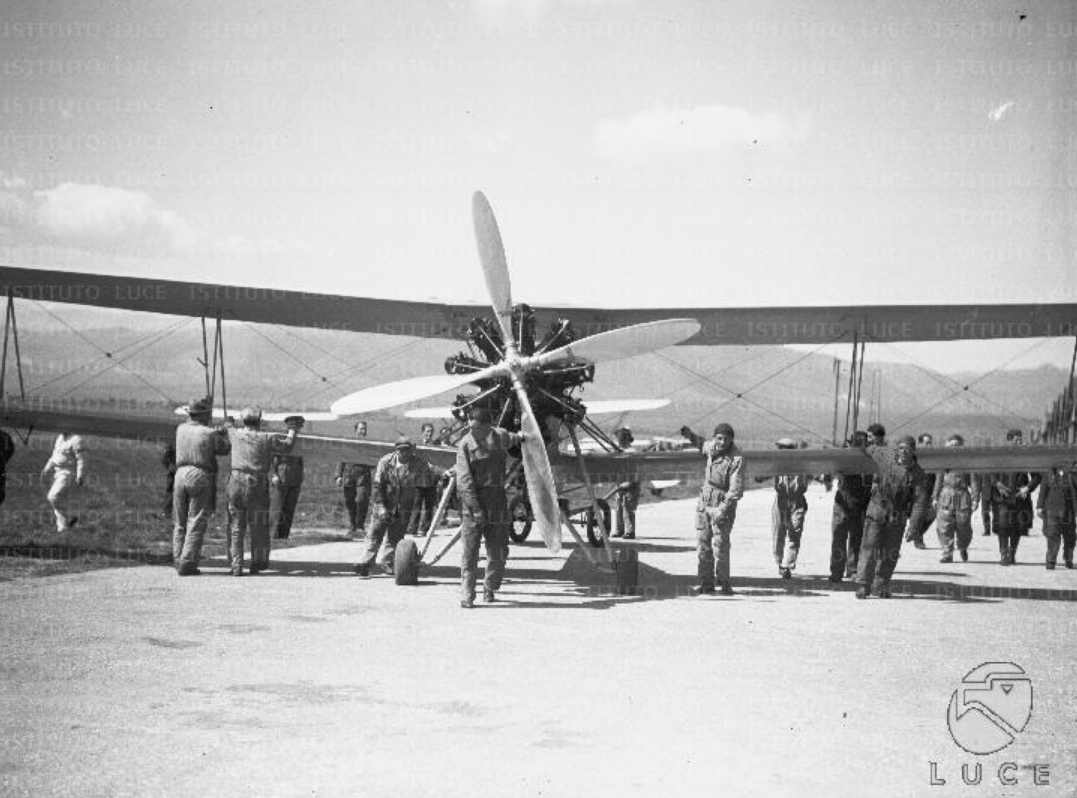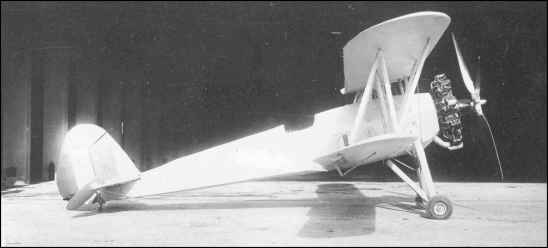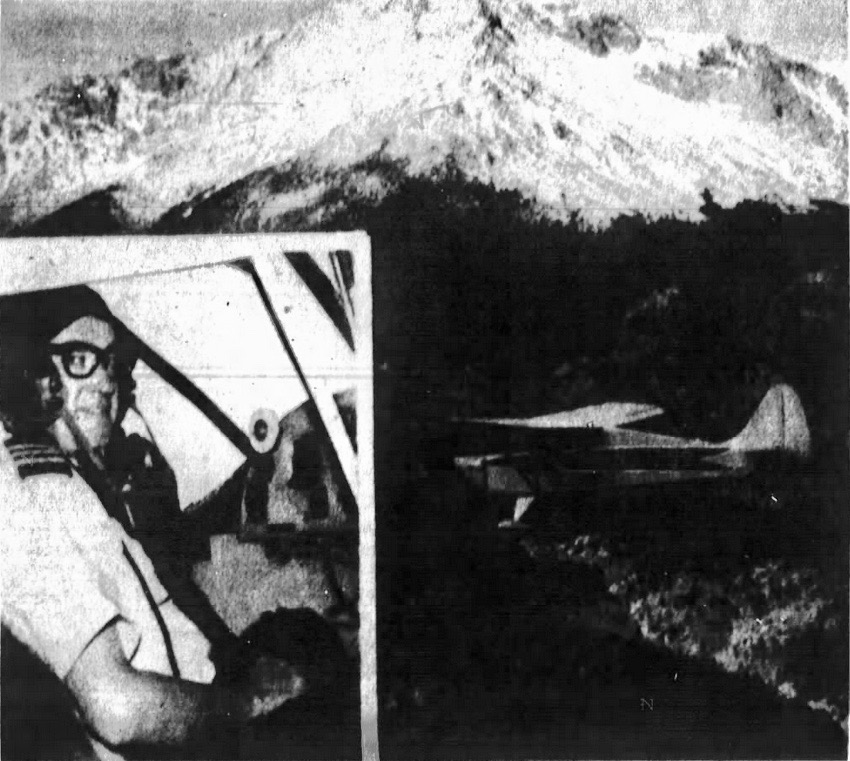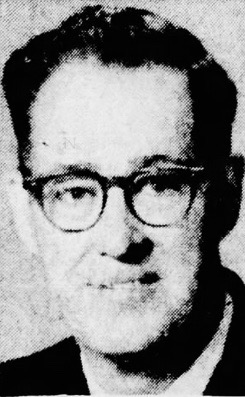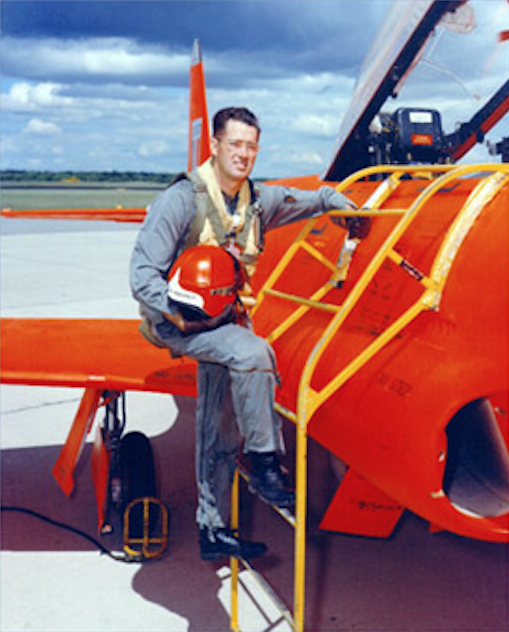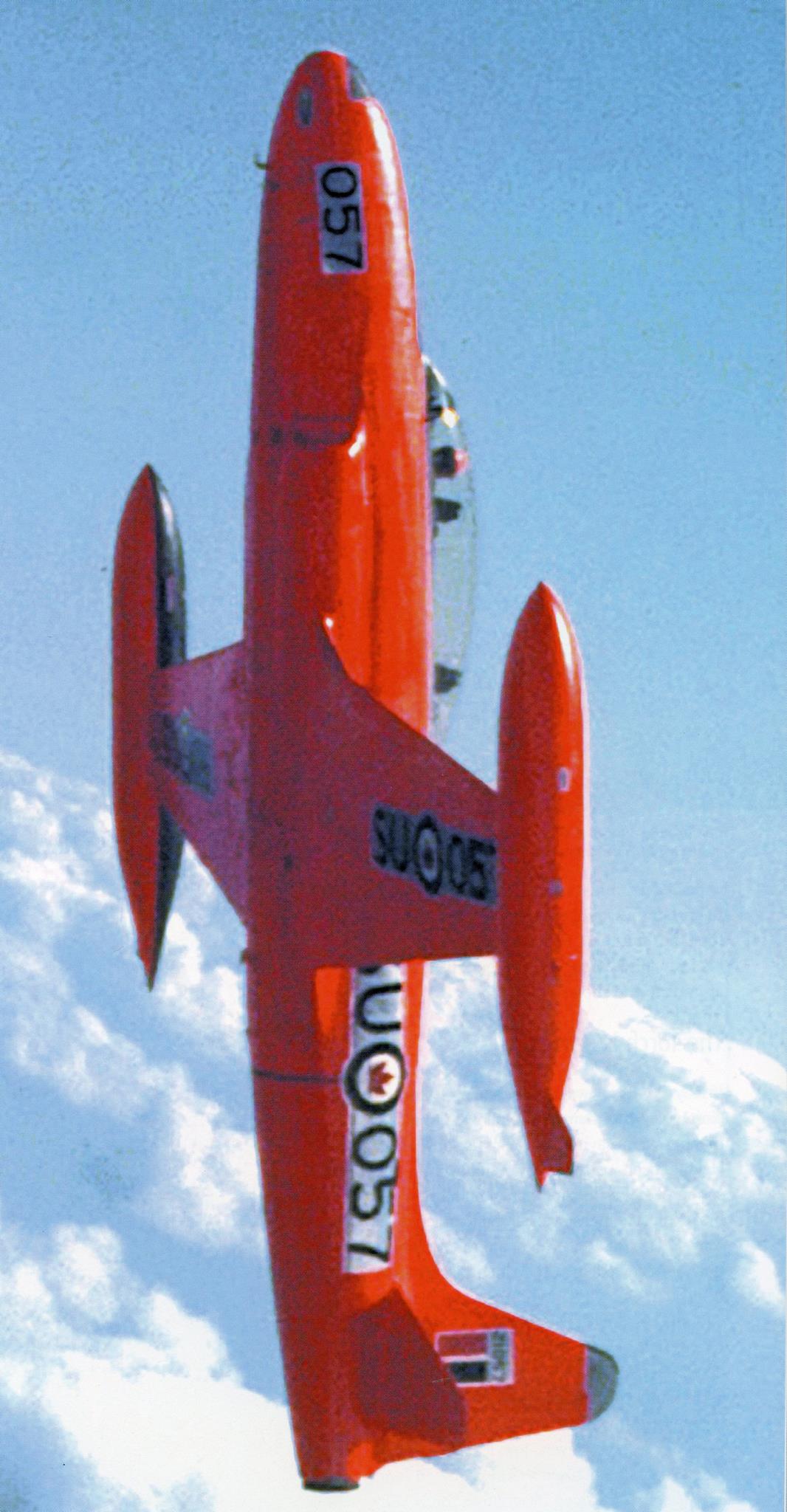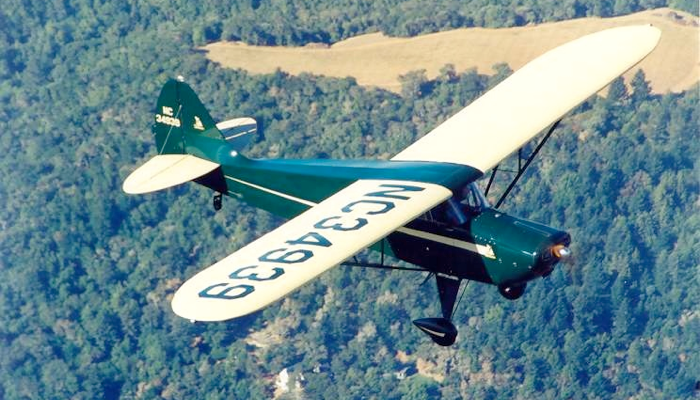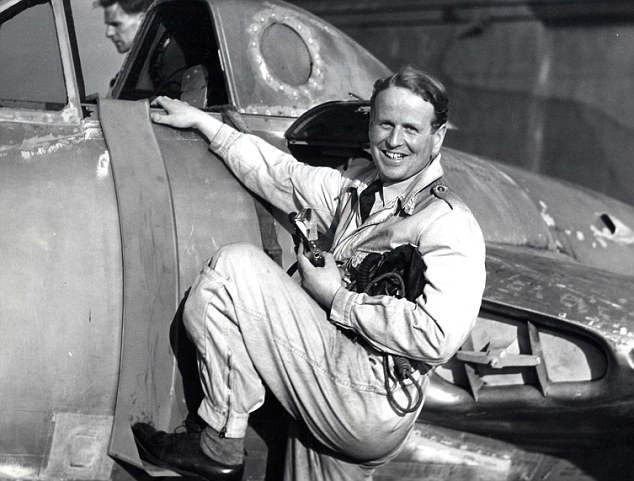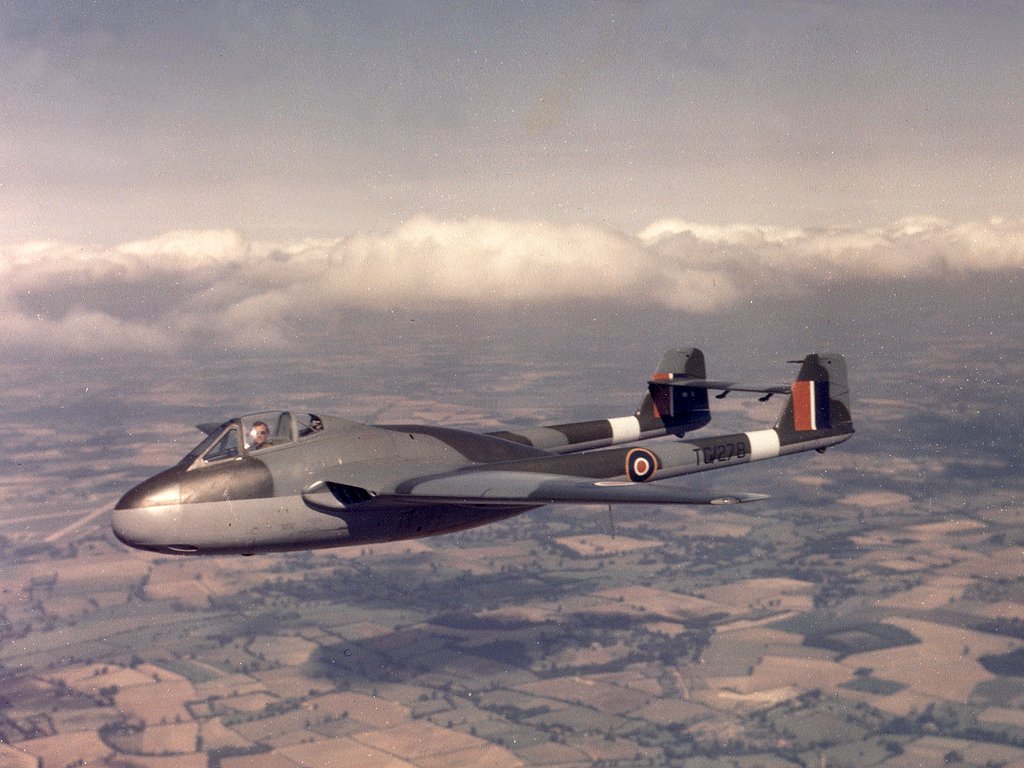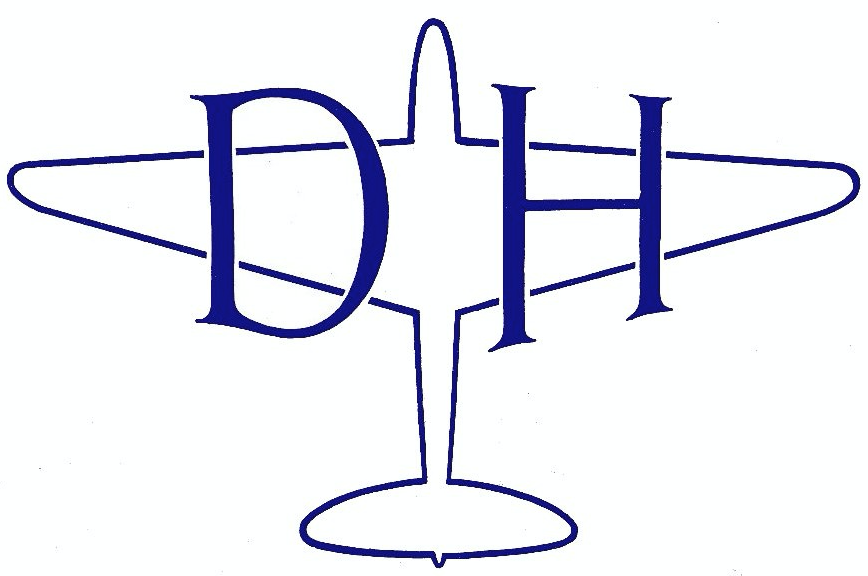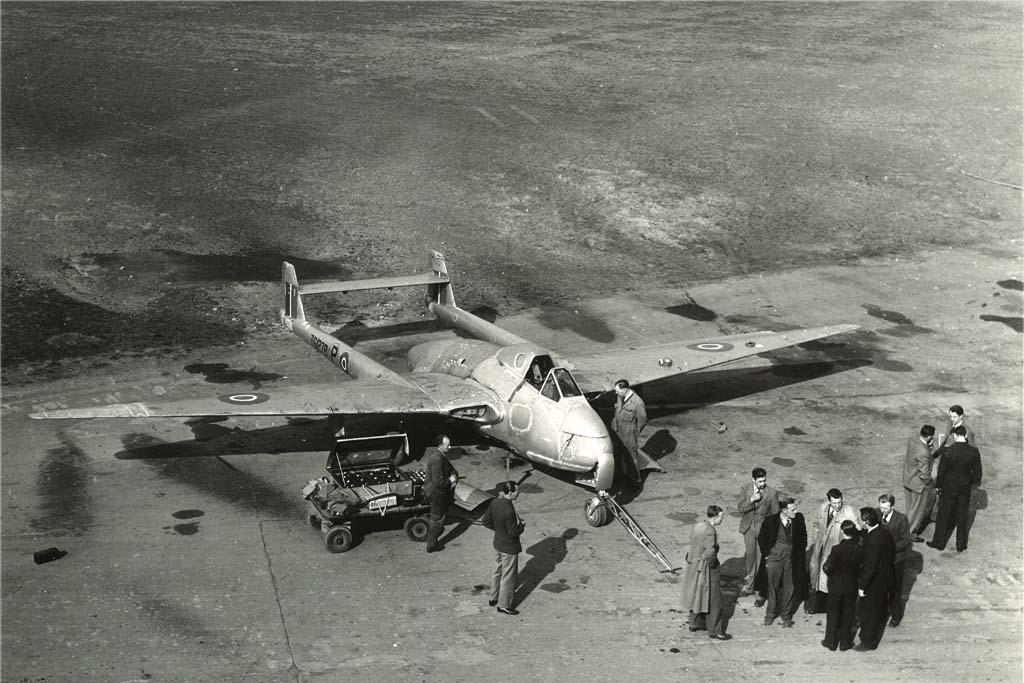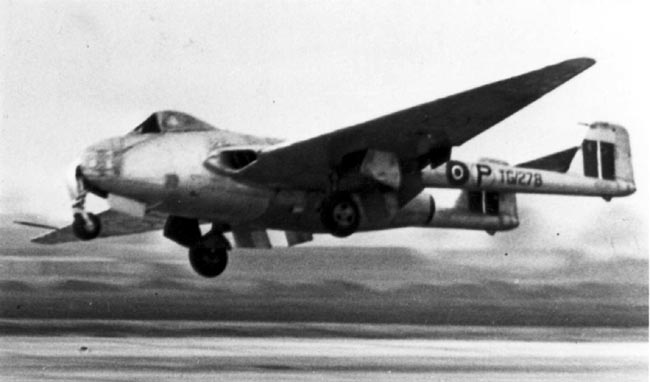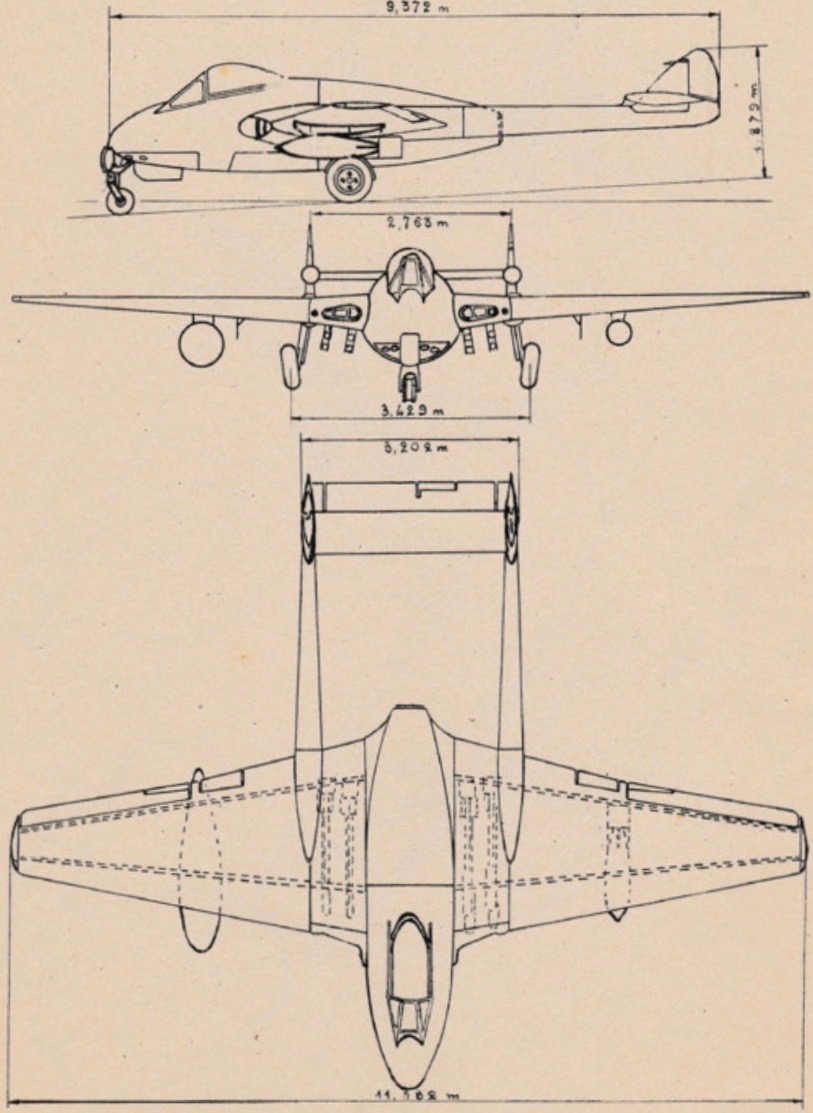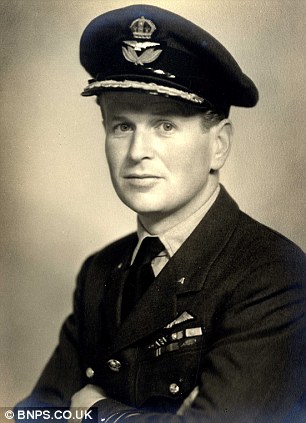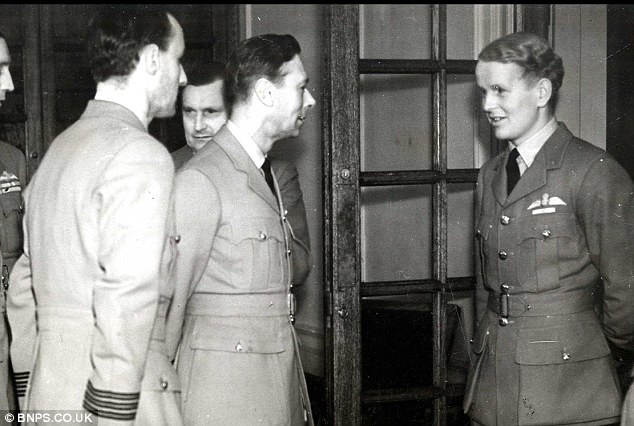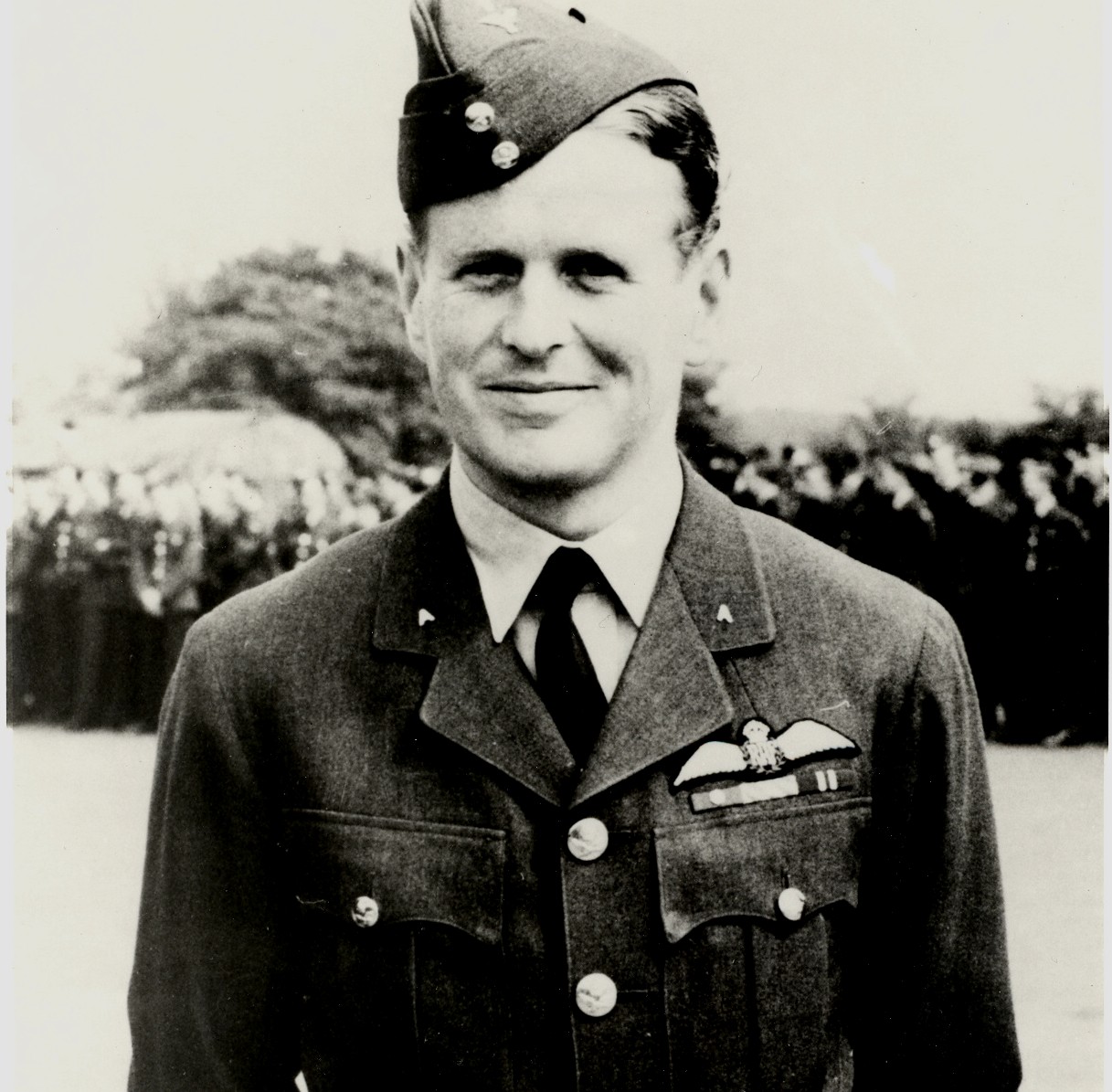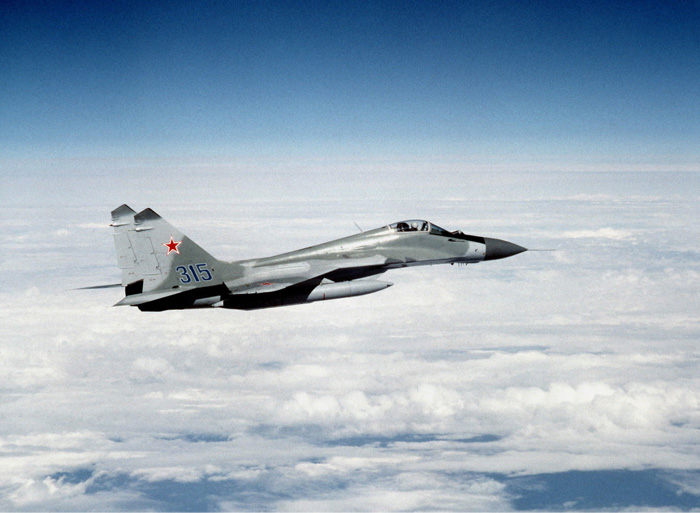
 26 April 1995: Mikoyan test pilot Roman Petrovich Taskaev flew a MiG-29 to a Fédération Aéronautique Internationale (FAI) World Altitude Record of 27,460 meters (90,092 feet) at Aerodrome Akhtubinsk, Russia. This record still stands.¹
26 April 1995: Mikoyan test pilot Roman Petrovich Taskaev flew a MiG-29 to a Fédération Aéronautique Internationale (FAI) World Altitude Record of 27,460 meters (90,092 feet) at Aerodrome Akhtubinsk, Russia. This record still stands.¹
Роман Петрович Таскаев (Roman Petrovich Taskaev) was born at Khilok, Zabayaski Krai, Russian Soviet Federative Socialist Republic, 14 October 1954.
From 1967 through 1971, Taskaev was a member of the Chita aero club, where he participated in gliding and skydiving.
Taskaev entered the Soviet Army in 1971. In 1975, he graduated from the National University of Internal Affairs at Kharkiv, Ukraine Soviet Socialist Republic. He then served with several combat units of the Soviet Air Force. He was promoted to the rank of captain in 1981.
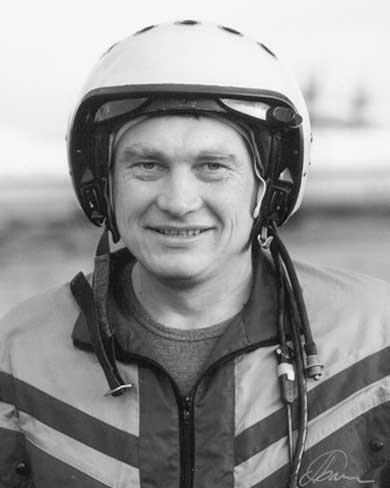
Captain Taskaev attended the School of Test Pilots in 1983. He was then assigned to the Mikoyan Design Bureau as a test pilot in June 1983. He remained there through May 1998. he was a senior test pilot 1992–1997. He was involved in flight testing the variants of the Mikoyan MiG-23, MiG-25, MiG-29 and MiG-31. He flew a MiG-31 over the North Pole.
Taksaev has ejected from a MiG-23UB at very low altitude and maximum speed following an engine failure, and from a MiG-29M.
By decree of the president of the Russian Federation, 16 August 1992, Taskaev was named a Hero of the Russian Federation with Gold Star. In 1996, he was awarded the order of Courage, and in 1998, he was named an Honored Test Pilot of the Russian Federation.
Since 1998, Roman Taskaev has served as Deputy Director of Flight Testing at the Yakovlev Design Bureau.
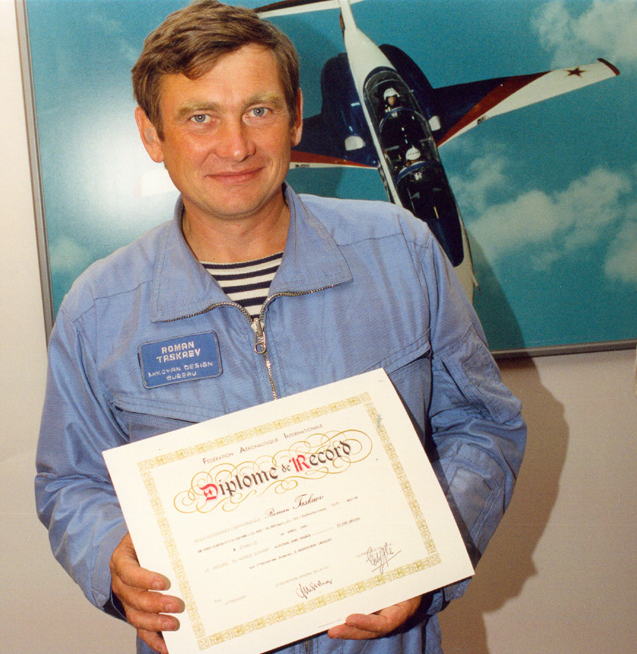
 The Mikoyan MiG-29 is a fourth generation, single-seat, twin-engine, Mach 2+ air superiority fighter built by the Mikoyan Design Bureau. It entered service with the Soviet Union in 1983 and has been widely exported to many other nations.
The Mikoyan MiG-29 is a fourth generation, single-seat, twin-engine, Mach 2+ air superiority fighter built by the Mikoyan Design Bureau. It entered service with the Soviet Union in 1983 and has been widely exported to many other nations.
The MiG 29 is 17.320 meters (56 feet, 9.89 inches) long, including the pitot boom. The wingspan is 11.360 meters (37 feet, 3.24 inches) and the overall height is 4.730 meters (15 feet, 6.22 inches). They have an area of 38 square meters (409 square feet). The wings’ leading edges are swept aft to 42°. They have approximately 5° anhedral. The two vertical fins are tilted outboard 6° and their leading edges are swept to 50°. The horizontal stabilizers are swept to 47° 30′.
The fighter has a basic weight of 15,775 kilograms (34,778 pounds) with full internal fuel and a centerline tank. Its maximum takeoff weight is 18,480 kilograms (40,741 pounds).
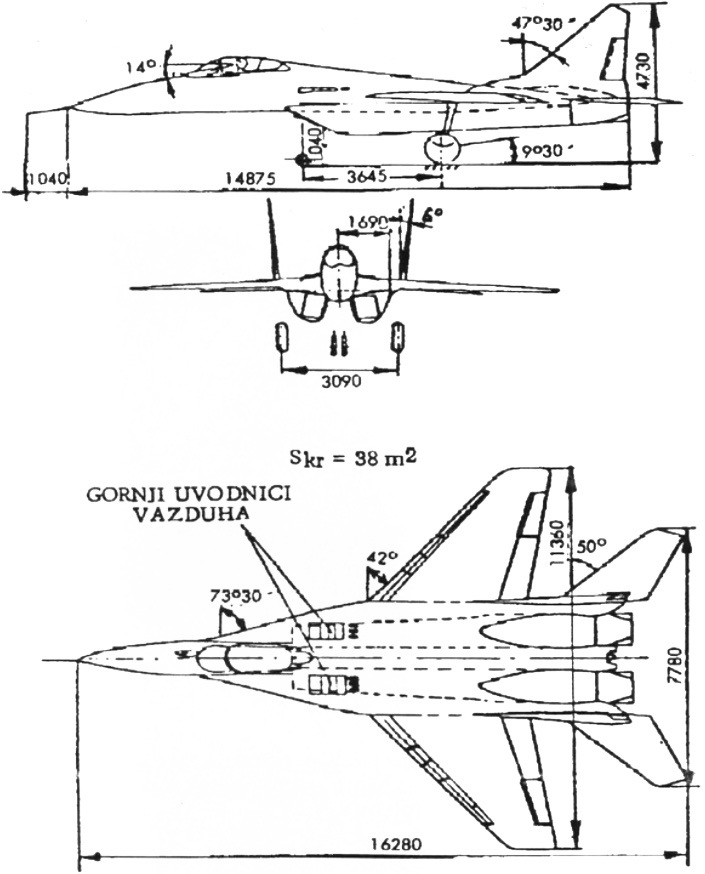
![]() The fighter is powered by two Klimov RD-33 engines. The RD-33 is a two-spool, axial-flow, afterburning turbofan with a 13 stage compressor section (4 low- and 9 high-pressure stages) and a two-stage turbine (1 high- and 1 low-pressure stages). It has a military power rating of 49.43 kilonewtons (11,111 pounds of thrust), and 81.40 kilonewtons (18,298 pounds) with afterburner. The RD-33 is 1.040 meters (3 feet, 6.95 inches) in diameter, 4.229 meters (13 feet, 10.50 inches) long, and weighs 1,055 kilograms (2,326 pounds).
The fighter is powered by two Klimov RD-33 engines. The RD-33 is a two-spool, axial-flow, afterburning turbofan with a 13 stage compressor section (4 low- and 9 high-pressure stages) and a two-stage turbine (1 high- and 1 low-pressure stages). It has a military power rating of 49.43 kilonewtons (11,111 pounds of thrust), and 81.40 kilonewtons (18,298 pounds) with afterburner. The RD-33 is 1.040 meters (3 feet, 6.95 inches) in diameter, 4.229 meters (13 feet, 10.50 inches) long, and weighs 1,055 kilograms (2,326 pounds).
The MiG 29 has a maximum speed of Mach 2.25 and a service ceiling of 59,100 feet (18,013 meters). Maximum range with internal fuel is 1,430 kilometers (888 miles).
Armament consists of one Gryazev-Shipunov GSh-301 30mm autocannon with 150 rounds of ammunition, and a combination of air-to-air missiles, rockets or bombs carried on underwing pylons or fuselage hard points.
More than 1,600 MiG 29s have been built.
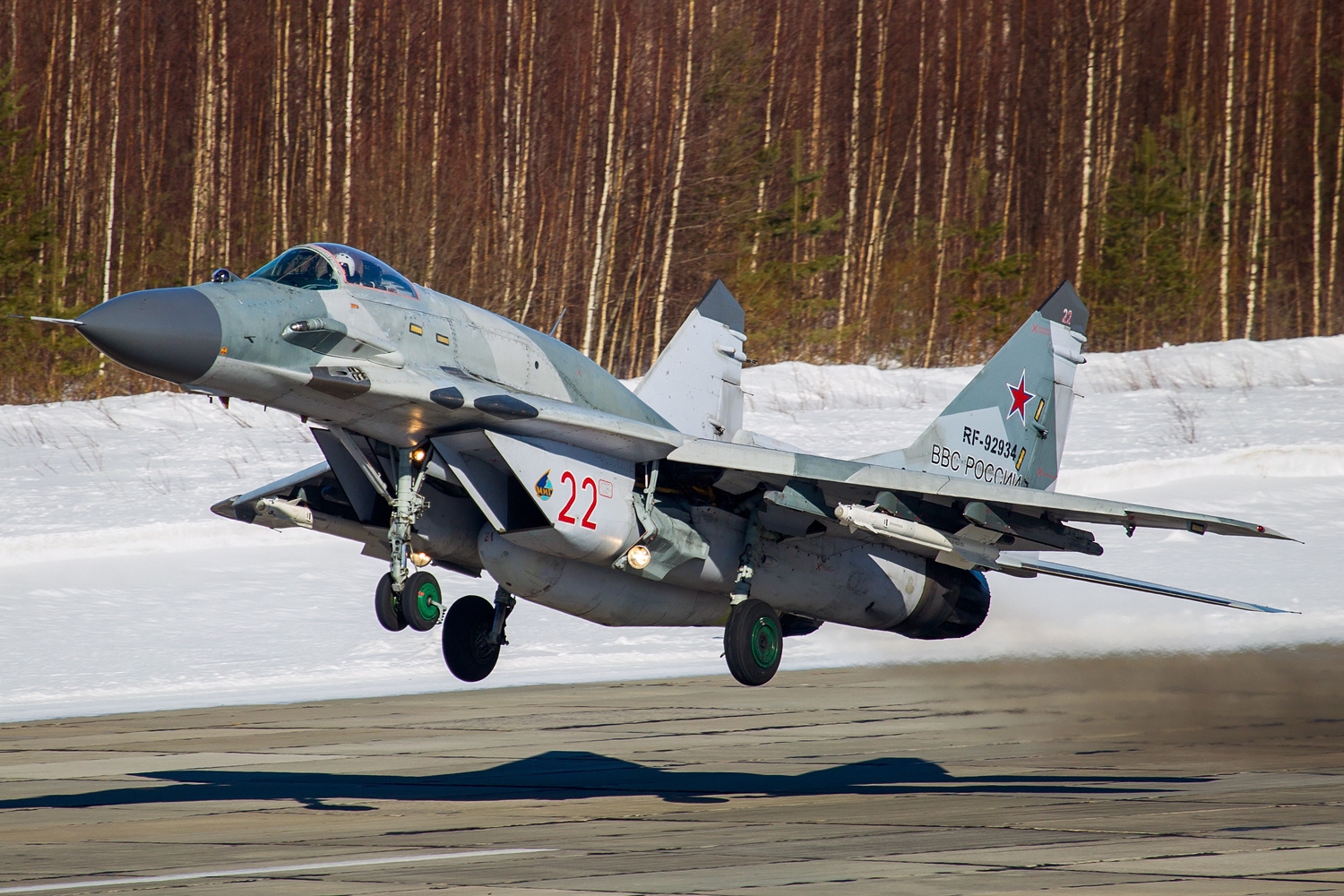
¹ FAI Record File Number 2554
© 2019, Bryan R. Swopes
